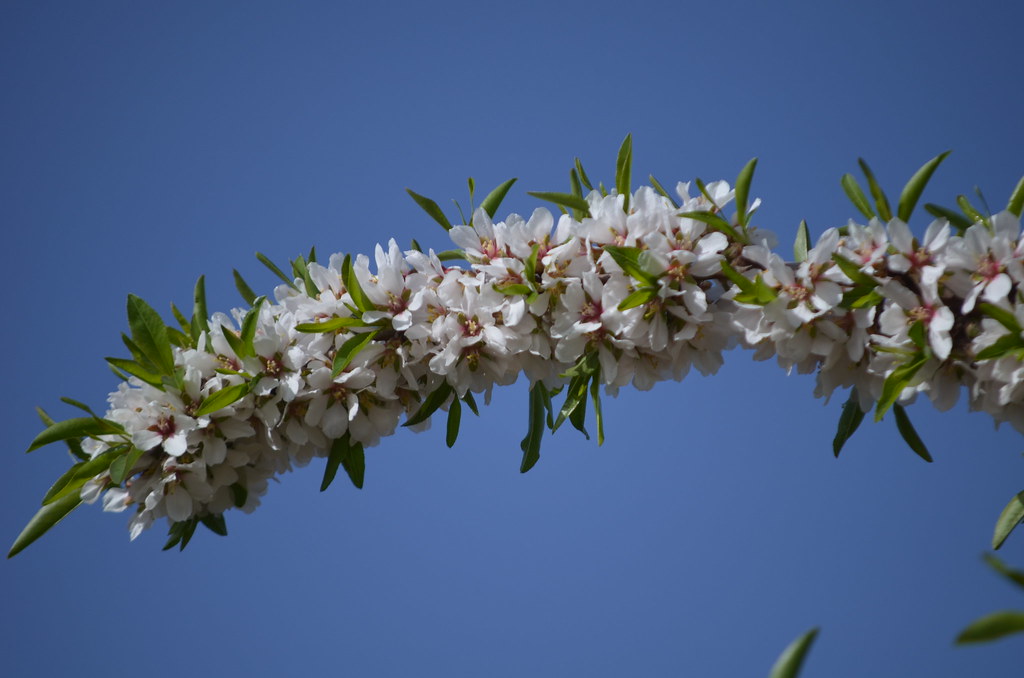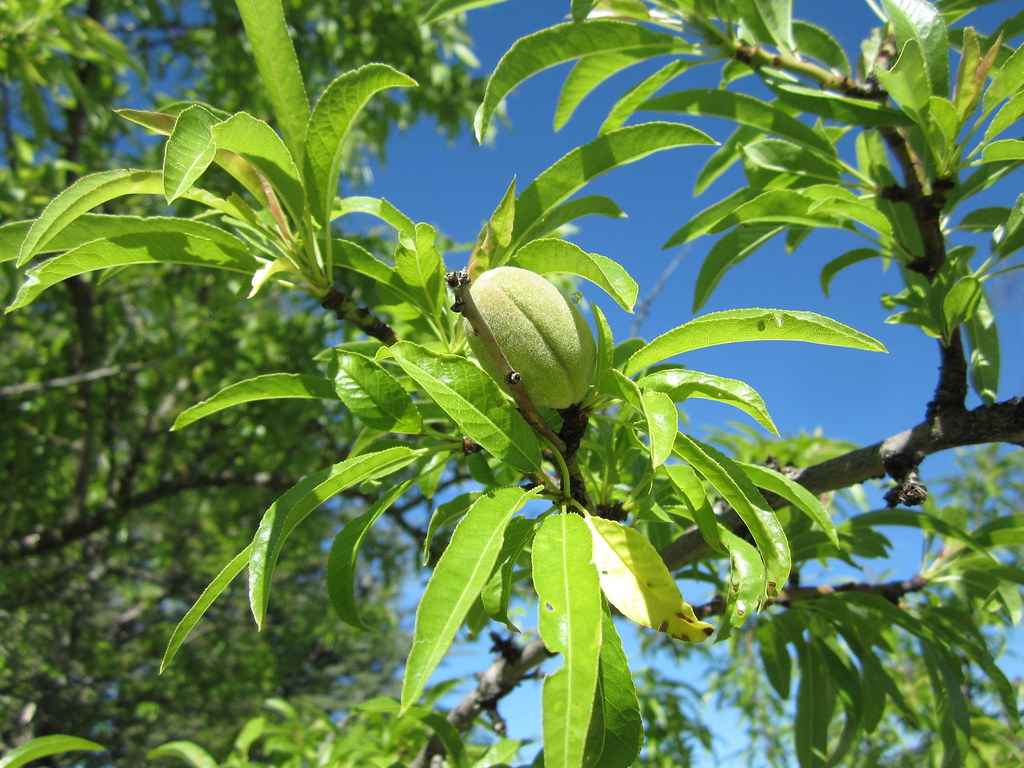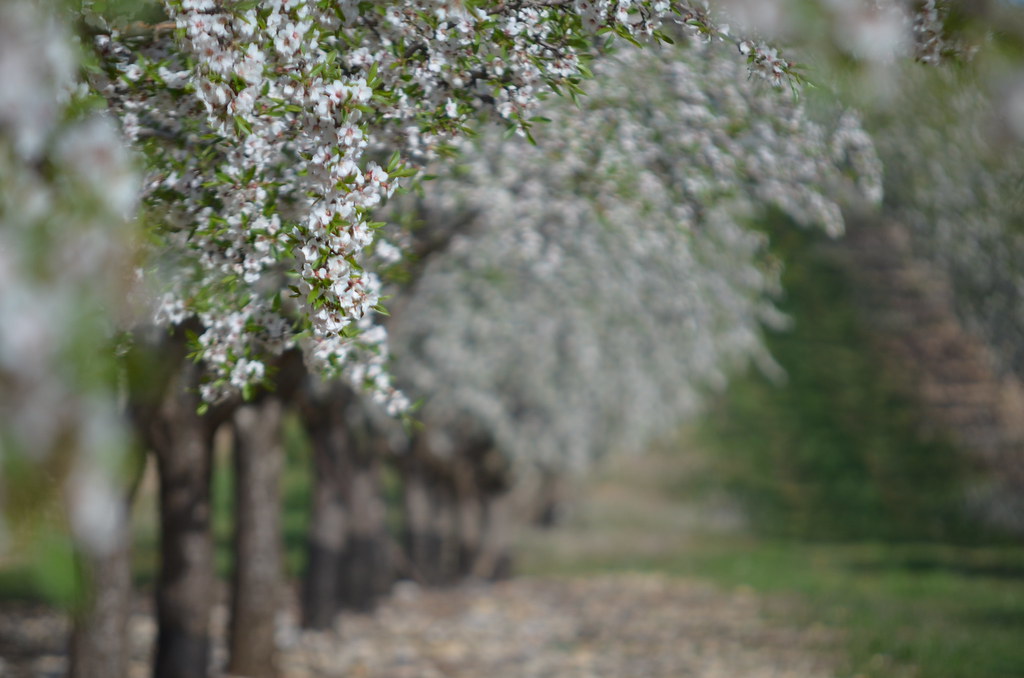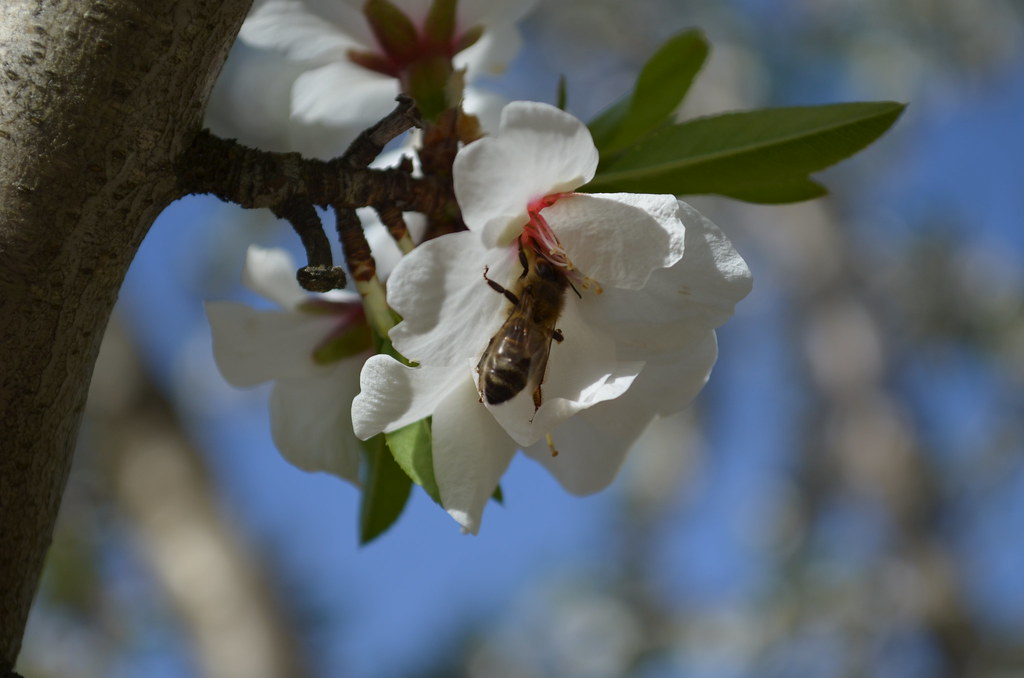If you had planned your trip to Provence in the depth of Winter to visit monuments and enjoy wine tastings you may well go home a little disappointed.
The trees have lost their leaves, many hotels have shut for the season, the main tourist attractions have little to offer in the way of souvenirs... It's all a bit quiet and even a bit sad...
...or at least that is how it may seem. In fact there are some unique activities that can only take place during the Winter and the highlight of them all is the Truffle Hunt!
 |
| A truffle wood in winter |
Of course truffles can be found throughout the year but the finest, most pungent member of this underground fungus makes its appearance from the month of December through to March, I am of course talking about Tuber Melanosporum or the Winter Truffle or as it is referred to in France "Le Diamant Noir", The Black Diamond.
A Short History of Truffles
References to Truffles can be found as far back as ancient Egypt, where we know that Cheops served truffles to visiting delegations. The Greek Theophrastus (327-287 BC) thought that truffles were created by Autumn rains and thunder but it took several hundred years for his countryman Plutarch (46-120AD) to realise that it was water, earth and lightening that made truffles... Since then no new theories are mentioned so I'll stick with that one.
Truffles where a common foodstuff in pre-middle age times they were plentiful and all you needed was a pig (a sow) to find them and nearby woodland, but with the increased power of the Catholic church the eating of truffles was soon stopped as the eating of a black object found underground and requiring a cloven hoofed animal to find it could only be the work of the devil.
Luckily such superstitions where less adhered to in the Renaissance period by the likes of François I during whose reign the Truffle was returned to its rightful place on the table. At the time the Truffles on the royal tables originated from Burgundy, then from the South West of France and notably from the Perigord which gave them one of their names "La Truffe du Périgord".
At the time truffles were still hunted for by Sows who apparently found the odour of the truffle similar to that of the sexual organs of a male pig. The fact that they have to be reigned in to stop them eating the truffle is either the indication of an extraordinarily amorous sentiment or that of pure hatred for their male counterparts. Whatever the case, with this new information in mind, next time you enjoy a Truffle Brouillade you can shine in society by announcing with authority the similarity to the senses of the truffle and a boars nether regions.
The Birth of Truffle Cultivation
Modern day truffles are "grown", sort of. In 1810, a man called Joseph Talon from the village of Saint-Saturnin les Apt in the heart of the Luberon region of Provence discovered the connection with the truffle and the trees that they grew near, and it was this discovery that led to the development of modern day truffle farming. The technique consists of rubbing mashed up truffles into the roots of small oak trees an then planting them, actually it's a bit more complicated than that but that's the general idea.
Truffle production in France in 1880 was 1320 tonnes, with 60% coming from the South East of France ie. Provence. Today those figures have dropped to a mere 30 tonnes with 80% coming from the South East and the rest from the Perigord contrary to popular belief. The reason for this decline is in part due to the massive toll of the First World War which basically wiped out a generation and in doing so not only took away the work force required, but also the link needed to hand down the information from generation to generation. The Second World War followed shortly afterwards and I personally think that a luxury item like a truffle was no longer a priority in war torn Europe.
A Truffle Hunt in Provence
Nowadays dogs are used to hunt for the truffles as they are easier to control, and it is possible to go on a truffle hunt in Provence which is exactly what I did on Saturday with two travel agents from New York.
We had a rendez-vous in the morning with Eric Jaumard who was welcoming a small group and had invited us to join them for the hunt. The day began inside with a bit of history (see above) before heading out into the truffle plantation with his trusty dog.
 |
| After sniffing one out and indicating the spot the truffle is revealed using a special pick axe. |
 |
| A helpful paw to find the truffle |
 |
| A small one to start the day |
 |
| Spot the truffle... |
 |
| a big one this time! |
 |
| As the master sniffs, the dog looks on in admiration |
 |
| A couple of the best ones of the day. |
My assumption was that the dog would find a truffle or two and we would head back inside, especially as this is the the start of the season. But no! The dog, whose name I forget, was charging around and finding truffles with unbelievable regularity. Big ones and small ones were filling Mr Jaumard's bag and after an hour or so we returned to the farm with a pretty good harvest.
From there we continued on our way to other discoveries whilst the group sat down to a truffle meal lasting much of the afternoon.
Of course if you would like to experience a truffle hunt followed by a meal, of cooking class we can create a made to measure experience for you. You can contact us using the link on the top right.
.JPG)
.JPG)

.JPG)
.JPG)
.JPG)
.JPG)
.JPG)
.JPG)
.JPG)
.JPG)
.JPG)
.JPG)
.JPG)
.JPG)
.JPG)

.JPG)
.JPG)
.JPG)






















